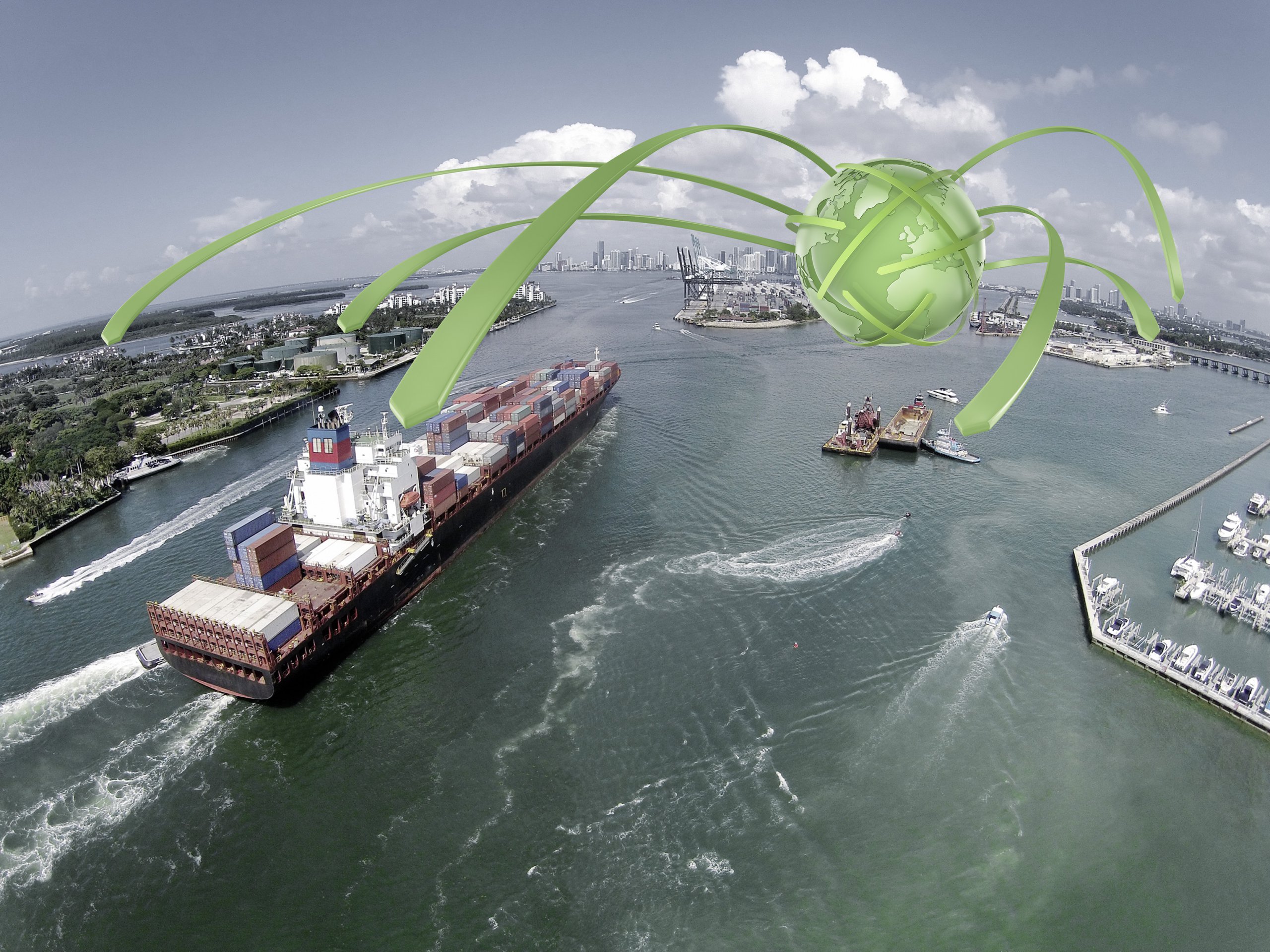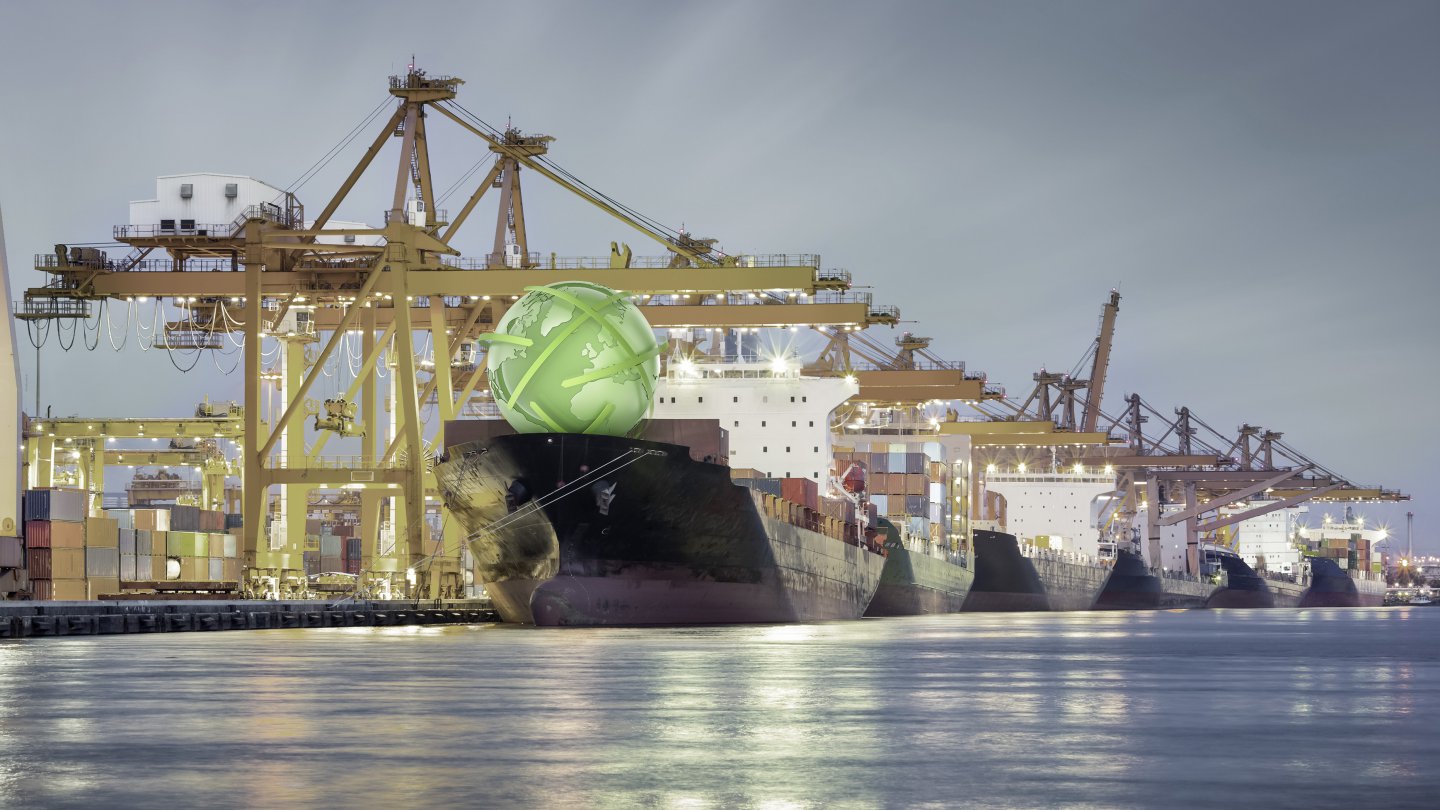Optimizing high-volume import/export trade with GTC solutions
For the logistics and trade industry, saying the past few years have been tumultuous may be a bit of an understatement. The world has barely begun to recover from the supply chain disruptions of the Covid-19 pandemic when the conflict between Russia and Ukraine brought with it a new set of sanctions and disruptions to global trade.
Disruptions come not just from the supply of material either. 2021 saw ports being saturated with ships, a rebound from 2020 when the pandemic was at its height. Container terminals continue to remain packed, with congestion worsening into 2022.
A terminal congestion index for North America showed a record high on Dec 30, 2021, while Europe saw a situation that has been steadily growing worse since the start of October with no sign of improving or even levelling out.
The situation in Europe was further exacerbated by the conflict between Ukraine and Russia, where trade and supply were not just affected by the sanctions from various nations and companies, but also by disrupted capacity and freight routes, resulting in volatile transit times for cargo.

Source: MIC Datenverarbeitung
Why the holdup?
With borders reopening and trade just starting to recover from the lockdowns of the pandemic, consumer demand is set to continue increasing, continuing to tax a system that was already playing catchup since before the pandemic. The advent of e-commerce had raised demand for logistics providers, and the gap between supply and demand rose further when met with the combination of lockdowns and reduced manpower in the logistics sector, resulting in bottlenecks forming at ports due to the shortages of labor, as well as containers.
The customs clearance process is among the most notable reasons for delays in clearing out containers of goods, repacking them, and sending them on their way. Almost all countries require documentation for imported products, but each nation comes with its own set of unique regulations regarding said imports, which again varies across the form of the products.
While the clearance process typically takes about 24 hours, it is also the stage where there are likely to be numerous issues in getting cargo through. Incomplete or erroneous ship documents, incorrect product codes, and even packaging could affect the customs clearance process.
Each country has its own unique rules and regulations for customs as well. In Singapore for example, chewing gum is a banned item, just like Kinder Surprise is banned in the United States. The Philippines bans the import of right-hand drive vehicles, and does not allow hazardous waste to even transit into its territory. In Europe, due to the sanctions on Russia, the European Union will also be banning steel imports from Russia while banning exports of luxury goods from the EU to Russia.

Source: MIC Datenverarbeitung
Keeping everything straight with MIC’s GTC
With regulations and approved import/export lists being similar but different across various nations, it stands to reason that relying on human memory is not the most efficient or reliable means of keeping documents and regulations in check for each vessel and shipment of a logistics provider.
An innovative, automated Global Trade Compliance (GTC) solution enables trading organizations to ensure their compliance to trade laws and regulations which optimizes operations. It can even lead to cost savings, especially in industries with high volumes and customs duties such as the automotive industry.
MIC stands as a leading software supplier of the optimal decision-making tools GTC solutions, with a market share of 19.4% in Europe, the Middle East, and Africa. In fact, MIC also has a 36.3% global market share in GTC software solutions for the automotive industry, being recognized as a “top-performing global supplier” at Ford’s 23rd annual World Excellence Awards.
With the highest degree of country coverage within one platform, MIC runs the most complete cloud-based Software-as-a-Service global customs and trade compliance platform, with no implementation partners required. Through this SaaS model, clients get quick access to the MIC application with shorter rollout times, and the cloud solution has empowered US clients such as Lippert and Asian customers such as Nissan Motor Thailand.
The enhanced MIC Dashboard now also provides a comprehensive overview of customs-relevant information, visualizing the data in an easily understandable format, with the option for clients to customize their visual dashboard or facilitate company-wide collaboration through the use of a shared dashboard. Real-time access to data makes the dashboard an optimal monitoring tool, and paves the way for enhanced problem identification and faster decision-making.
MIC has reached a global market of multinational companies through the broad range of its software solutions and its coverage of over 55 countries on six continents. It also provides a complete range of professional services, including qualified (PMI-certified to CMMI standards) project management, integration, training, content, and premium support.
To find out more about MIC and its GTC solutions, head here.









